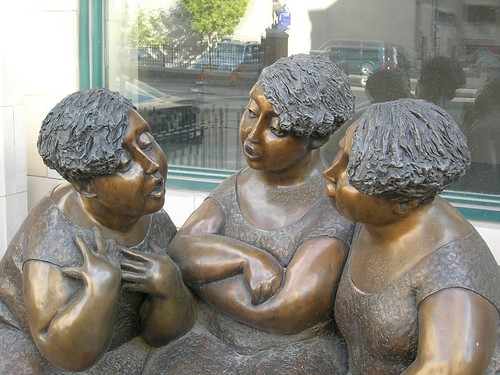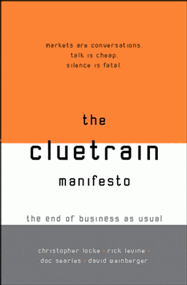The fundamental question for those responsible for their organization's communications, is how best to communicate your organization's message across a multi-generational audience? Since each generation has formed with different shared values and communication preferences, what's the right way to make your message resonate across the generation gap?
The first step is to understand what seminal experiences each generation has shared. Although different sources list them with slight variations, the following generalizations are fairly common and are used in the BurrellsLuce newsletter:
Traditionalists (born before 1946) — lived through the Great Depression, the New Deal, World War II, and the Korean War.
-
Boomers (1947 to 1964) — experienced the civil rights movement, the sexual revolution, the Cold War, the Vietnam War, space travel, and assassinations.
Generation X (1965 to 1976) — dealt with the fall of the Berlin Wall, Watergate, women's liberation, Desert Storm, and the energy crisis.
Millennial (1977 to 1989) — grew up during a time of school shootings, the Oklahoma City bombing, technology, and the Clinton/Lewinsky scandal.
Your core donors probably fall into just one of the four groups listed above. It's dangerous, though, to assume that you only need to talk to that group to achieve your goals. We're all aging. Your organization needs to reach out to younger generations now – to build relationships that will develop those young people into donors, board leaders, and policy advocates over time.
Traditionalists Boomers Xers Millennial Hard work Optimism Diversity Optimism Dedication and sacrifice Team orientation Techno literacy Civic duty Respect for rules Personal gratification Fun and informality Confident Duty before pleasure Involvement Self-reliance Achievement oriented Honor Personal growth Pragmatism Respect for diversity
Reaching across generations requires that you understand the demographics of your supporter base as it currently stands, and understand how you want those demographics to evolve over time. You'll also need to understand how each group gets their information.
If you typically communicate with Boomers – who tend to view themselves as team players – remember that Millennials tend to see themselves as confident individuals. To reach them, your organization might need to consider adjusting its "boilerplate" messaging – or consider crafting a series of messages that can be used when targeting specific audiences.
















